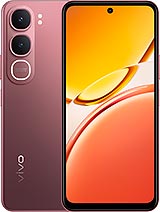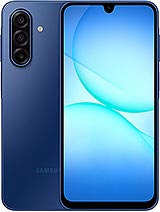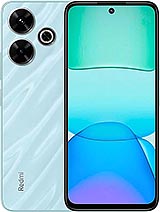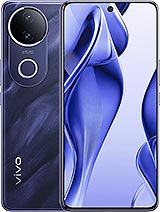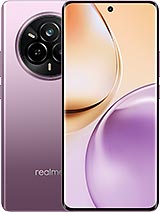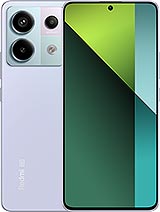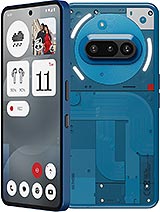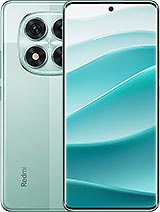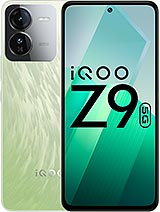iQOO Z9 alternatives
Tap above to see alternatives.
Motorola Edge 60 Stylus alternatives
Tap above to see alternatives.
Motorola Edge 60 Stylus
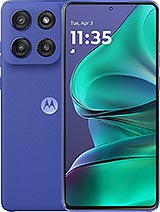
Motorola Edge 60 Stylus
-
Snapdragon 7s Gen 2
4 nm
-
5000 mAh
68W
-
6.7"
1220 x 2712 pixels
-
50 MP
4K@30fps
- Specs
2x2.8 GHz Cortex-A715
6x Cortex-A510
4x2.40 GHz Cortex-A78
4x1.8 GHz Cortex-A55
8GB 256GB (UFS 2.2)
f/1.8, 26mm (wide), 1/1.95", 0.8µm, PDAF, OIS
2 MP
f/2.4, (depth)
f/1.8, 24mm (wide), 1/1.56", 1.0µm, multi-directional PDAF, OIS
13 MP
f/2.2, 16mm, 120˚ (ultrawide), 1/3.0", 1.12µm, PDAF
1080p@30/60fps
1080p@30/60/120fps
f/2.0, (wide), 1/3.0", 1.0µm
f/2.2, 25mm (wide), 1/3.14", 0.7µm
1080p@30fps
SIM1: Nano, SIM2: Nano (Hybrid)
SIM1: Nano, SIM2: eSIM
8 5G bands
n1, n3, n5, n8, n28, n40, n77, n78
11 5G bands
n1, n3, n5, n8, n28, n38, n40, n41, n48, n77, n78
In this performance comparison, the iQOO Z9 with its Mediatek Dimensity 7200 (4nm) performs better than the Motorola Edge 60 Stylus with the Qualcomm Snapdragon 7s Gen 2 (4nm), thanks to superior chipset efficiency.
Motorola Edge 60 Stylus launched with Android 15 and will receive updates until Android 17, whereas iQOO Z9 launched with Android 14 and will get Android 16. Motorola Edge 60 Stylus will get security updates until 2028 (approx. 3 years), while iQOO Z9 is supported till 2027.
Both iQOO Z9 and Motorola Edge 60 Stylus feature AMOLED displays, offering vibrant colors and deeper blacks. Both smartphones offer the same 120 Hz refresh rate. Motorola Edge 60 Stylus also boasts a brighter screen with 3000 nits of peak brightness, enhancing outdoor visibility. Notably, Motorola Edge 60 Stylus offers a higher screen resolution, resulting in sharper visuals and more detailed content.
Both phones are equipped with the same 5000 mAh battery capacity. Motorola Edge 60 Stylus also supports faster wired charging at 68W, compared to 44W on iQOO Z9. Motorola Edge 60 Stylus supports wireless charging at 15W, while iQOO Z9 lacks this feature.
Motorola Edge 60 Stylus offers better protection against water and dust with an IP68 rating.
¹ Scores can vary even with the same chipset due to RAM, thermals, and software optimization.

